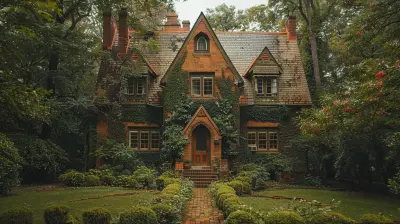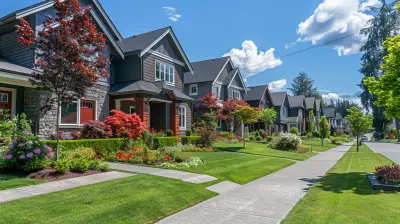Exploring the Rise of Wellness-Centered Home Designs
15 August 2025
Home is more than just four walls and a roof—it's a sanctuary, a place where we relax, recharge, and find peace. In recent years, there's been a noticeable shift in how we design our living spaces. It's no longer just about aesthetics; it's about how our homes make us feel. Enter wellness-centered home design, a trend that's transforming houses into havens for physical, emotional, and mental well-being.
So, what’s behind this movement, and how can you incorporate wellness-focused elements into your own home? Let’s dive in!
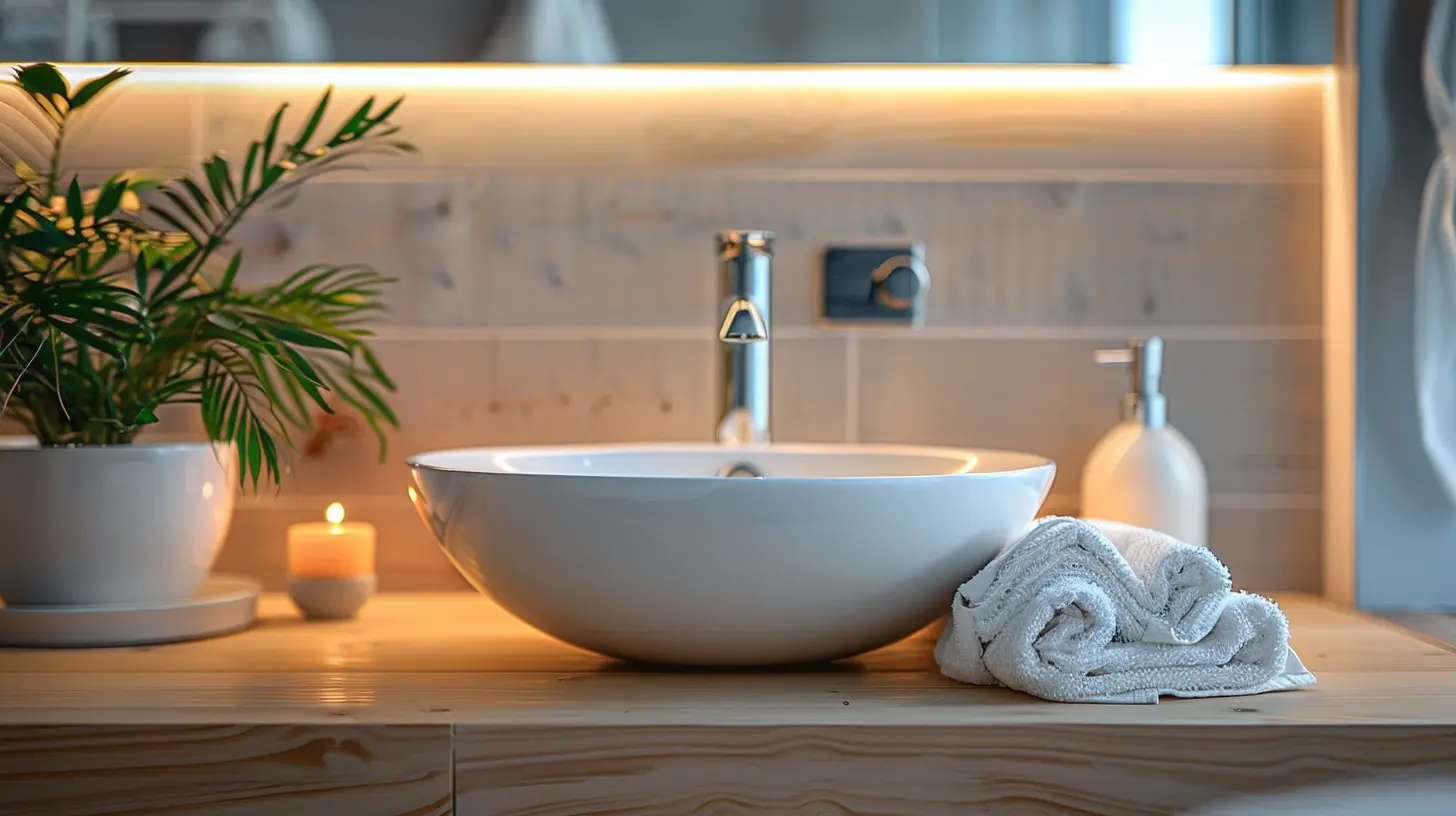
Why Are Wellness-Centered Homes on the Rise?
The world we live in today is fast-paced, stressful, and often overwhelming. With increased screen time, work-from-home lifestyles, and growing awareness of mental health, people are craving spaces that promote peace, relaxation, and overall well-being.A few key factors are fueling this trend:
- The Pandemic Effect: COVID-19 made us rethink our spaces. Suddenly, homes had to function as offices, gyms, and safe retreats—all at once.
- Increased Awareness of Mental Health: People are realizing that their environment affects their mood, energy, and even productivity.
- The Rise of Biophilic Design: Nature-inspired elements are proving to boost wellness, reduce stress, and enhance creativity.
- Sustainability and Eco-Friendly Living: A well-designed home isn’t just good for you—it’s good for the planet too.
With wellness becoming a priority, homeowners are actively seeking ways to create harmonious and health-supporting spaces.
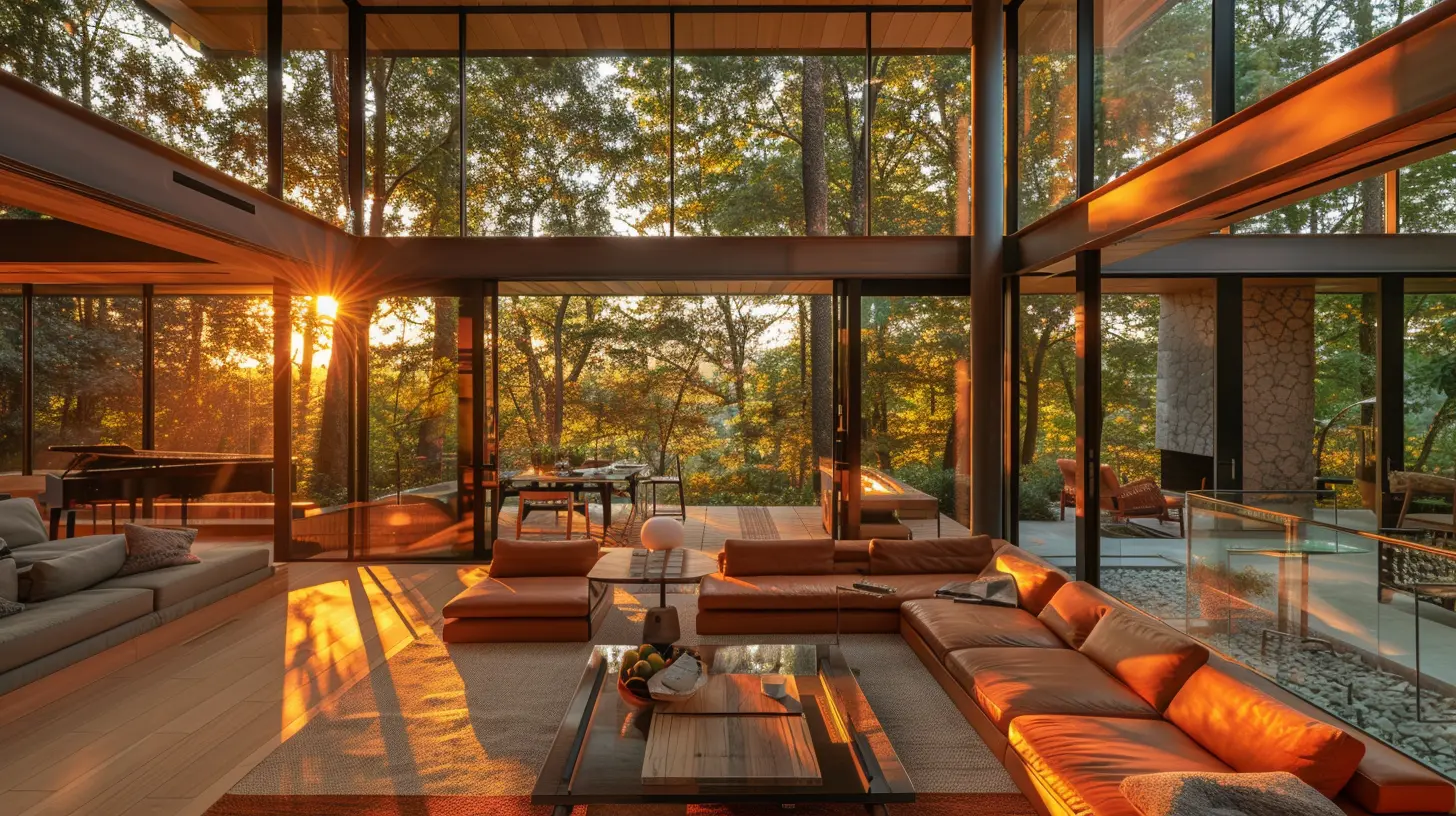
The Key Elements of Wellness-Centered Home Design
If you’re wondering how to bring wellness into your home, here are the design principles that matter most: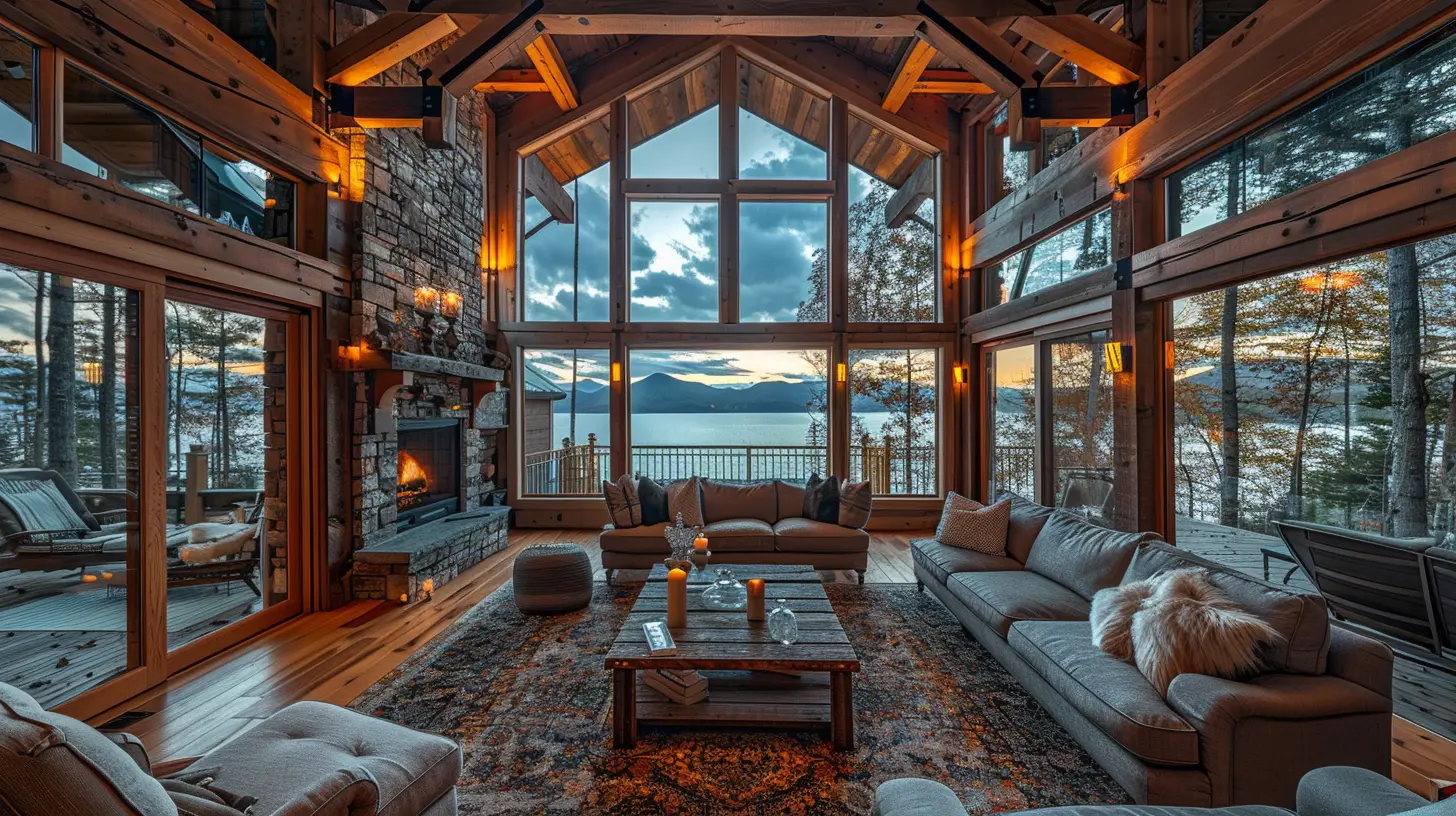
1. Natural Light is Non-Negotiable
Sunlight is like nature’s mood booster. It regulates sleep, improves focus, and even enhances happiness. That’s why modern wellness-centered homes prioritize large windows, skylights, and open layouts that allow an abundance of natural light.A simple trick? Swap out heavy curtains for sheer ones or strategically place mirrors to reflect light throughout the space.
2. Bringing the Outdoors In with Biophilic Design
Ever noticed how being in nature instantly relaxes you? That’s because we’re wired to thrive in natural environments. Wellness-centered homes incorporate biophilic design, meaning they embrace:- Houseplants and Green Walls to purify the air and add a touch of nature.
- Natural Materials like Wood and Stone for warmth and texture.
- Organic Shapes and Earthy Colors to mimic the calm and serenity of the outdoors.
Even if you don’t have the luxury of a backyard, adding greenery inside can make a world of difference!
3. Clean Air and Water for a Healthier Life
You wouldn’t drink polluted water, so why breathe polluted air? Indoor air quality has a huge impact on well-being, yet it often gets overlooked.To design a wellness-focused home:
- Invest in air purifiers and non-toxic paints to reduce pollutants.
- Choose houseplants like snake plants and peace lilies, known for their air-purifying properties.
- Opt for filtered water systems that remove contaminants and improve hydration.
4. Mindful and Minimalist Spaces
A cluttered space leads to a cluttered mind. Wellness-centered homes embrace minimalism—not just as a design choice, but as a lifestyle.This doesn’t mean your home has to be cold or empty! It’s about:
- Decluttering ruthlessly (Marie Kondo wasn’t wrong).
- Choosing multi-functional furniture to create open, airy spaces.
- Organizing in a way that soothes the mind and reduces daily stress.
Less mess, less stress—that’s the motto!
5. Spaces Designed for Rest & Recovery
Sleep is the foundation of good health, yet many people take it for granted. A wellness-centered home prioritizes comfortable, sleep-inducing bedrooms with:- Blackout curtains to eliminate distractions.
- Tech-free zones to encourage relaxation.
- High-quality bedding and calming colors for a truly restful atmosphere.
After all, your bedroom should feel like a five-star retreat, not just another room!
6. Smart Technology for a Healthier Lifestyle
Although too much screen time isn't ideal, technology can actually boost wellness at home when used wisely. Think:- Smart lighting that mimics natural daylight to regulate sleep cycles.
- Air quality sensors to monitor and improve indoor air.
- Temperature control systems that ensure comfort year-round.
When technology works in harmony with wellness, it creates a home that actively supports your health and happiness.
7. Wellness-Focused Home Gyms & Meditation Areas
Movement and mindfulness are core aspects of wellness, which is why dedicated spaces for exercise and relaxation are becoming household essentials.- A small home gym (even in the corner of a room) encourages regular movement.
- A meditation or yoga nook provides a place to unwind and de-stress.
- Soundproof spaces help create peace and quiet for focus and relaxation.
Even if you don’t have an entire room to spare, simple additions—like a yoga mat by the window or a cozy meditation cushion—can make a big difference.
8. Thoughtfully Designed Kitchens for Healthier Eating
Wellness isn’t just about the mind and body—it’s also about what we put into our bodies. The kitchen plays a huge role in fostering a healthy lifestyle, and wellness-centered homes reflect that.- Open, organized pantries make healthy eating easier.
- Eco-friendly materials (like bamboo and recycled countertops) create a toxin-free space.
- Natural lighting and ventilation make cooking an enjoyable experience.
A well-designed kitchen inspires healthier choices. When your space supports your wellness goals, sticking to them becomes effortless.
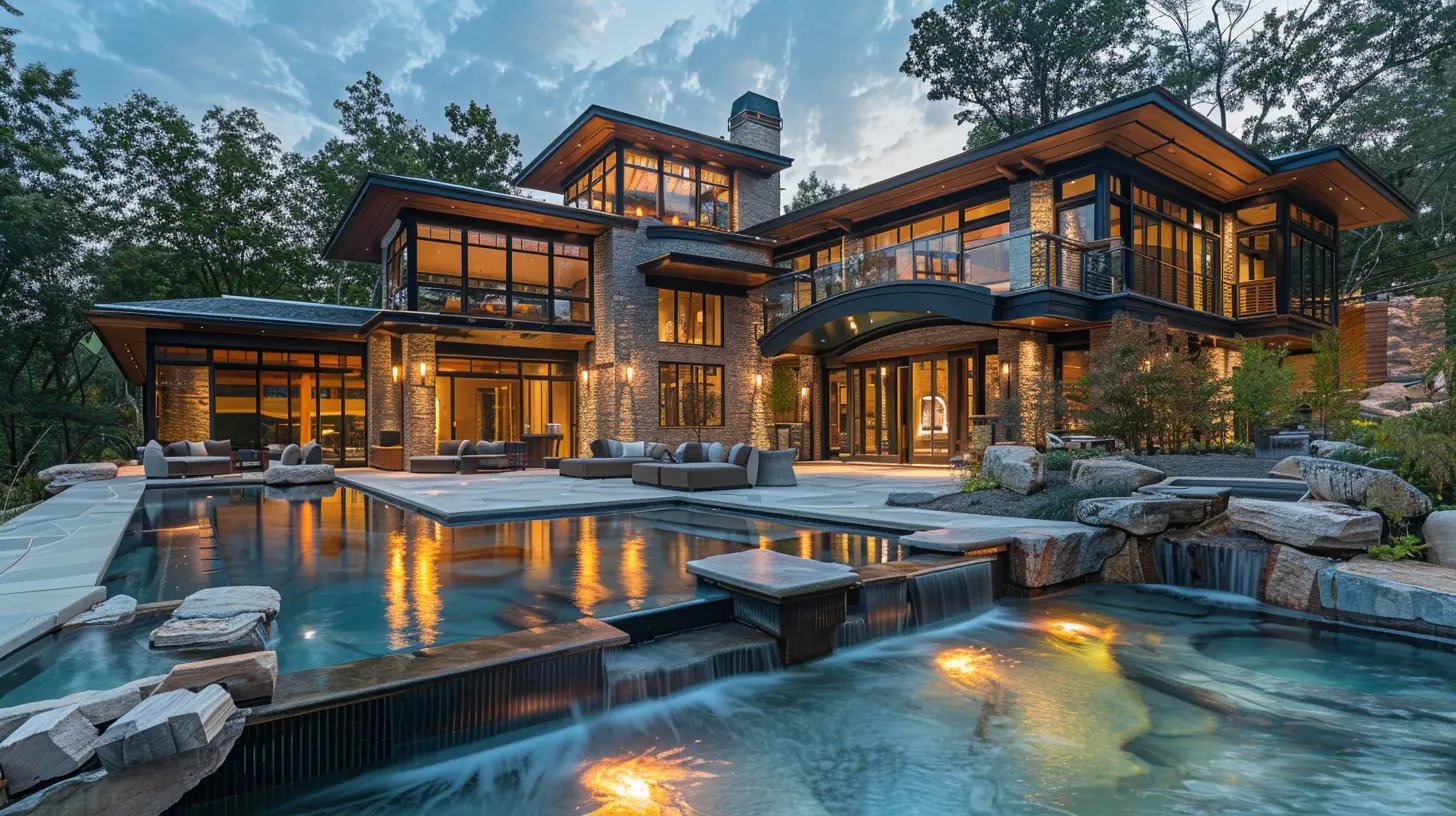
The Future of Home Design is Wellness-Focused
The rise of wellness-centered home designs isn’t just a passing trend—it’s a fundamental shift in how we view living spaces. In a world that’s constantly buzzing with distractions and stress, our homes should offer comfort, balance, and renewal.Integrating wellness into home design doesn’t require a drastic renovation. Small, intentional changes—like adding plants, bringing in more natural light, or creating mindful spaces—can have a profound impact on your daily life.
After all, the ultimate goal is simple: to live in a home that nurtures, heals, and uplifts. And if that’s not the dream, what is?
all images in this post were generated using AI tools
Category:
Home Design TrendsAuthor:

Kingston Estes
Discussion
rate this article
1 comments
Nicholas Sanchez
This article beautifully highlights the growing focus on wellness in home design. As more buyers prioritize health and well-being, incorporating natural light, green spaces, and sustainable materials becomes essential. Exciting trends that truly enhance living environments!
August 26, 2025 at 3:59 AM

Kingston Estes
Thank you! I'm glad you enjoyed the article. Wellness in home design is indeed a vital trend that positively impacts our living spaces.

